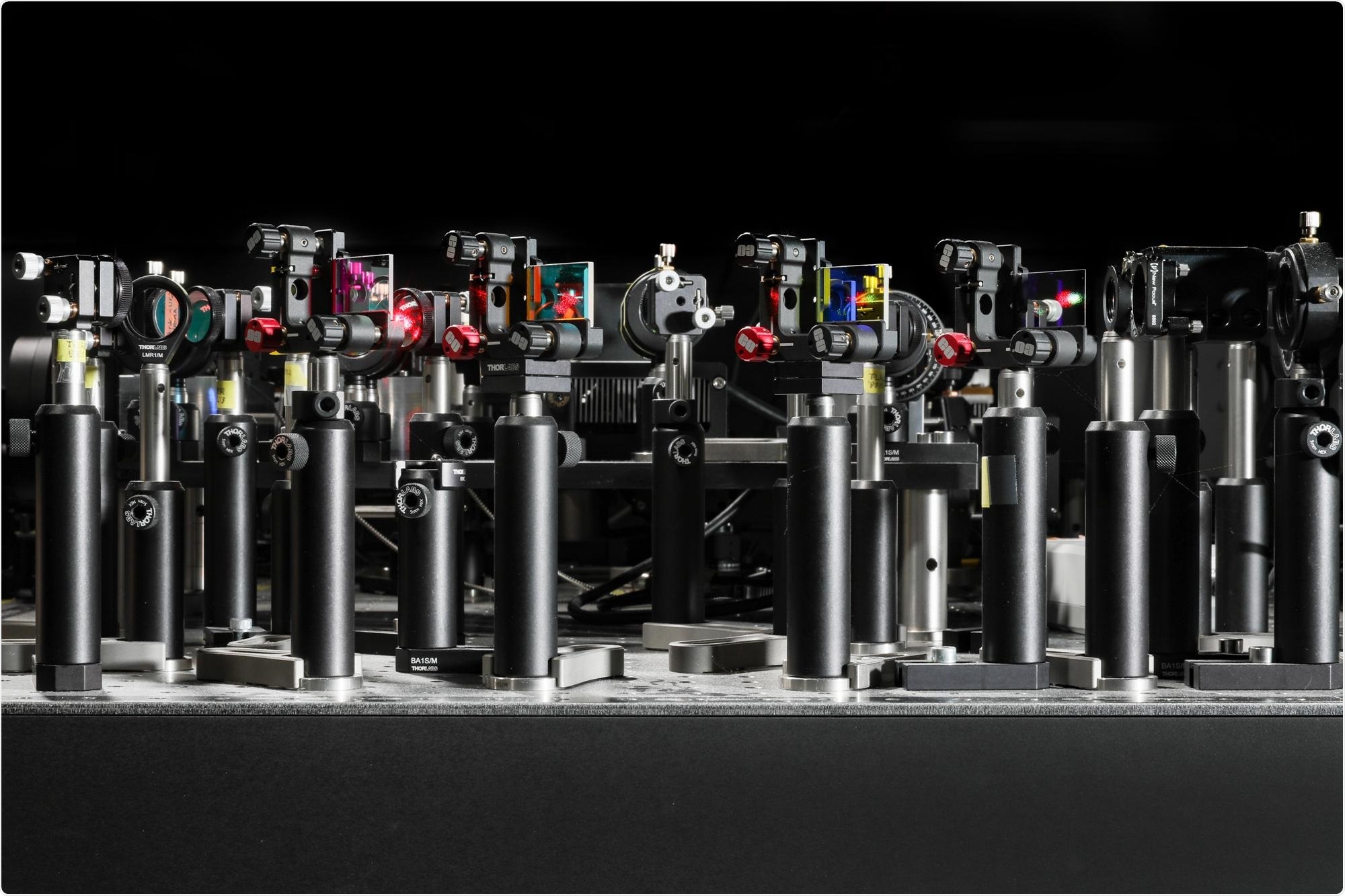All eukaryotic cells contain mitochondria, such as mammalian cells, human cells, plant cells, and even the cells of fungi. Mitochondria create energy for cells to work as multicellular organisms, and are called the “powerhouses” of the cell. The genetic information is present within the mitochondria for making this energy.

Alain Herzog/2020 EPFL. Image Credit: École polytechnique fédérale de Lausanne.
Suliana Manley, a biophysicist from École polytechnique fédérale de Lausanne (EPFL) and her team partnered with Jean-Claude Martinou’s cell biology team from the University of Geneva to closely look within the living cells. RNA granules are present within the mitochondria that are smaller than diffraction limit of light, that is, smaller than one one-thousandth the thickness of a strand of hair.
Through super-resolution microscopy, the team found that the mitochondrial RNAs are packed into small liquid droplets that can combine together and break apart. The study results were published in the latest issue of the Nature Cell Biology journal.
The organization of genetic information contained within mitochondria is highly dynamic thanks to this liquid-like aspect of its RNA granules. The way they continuously exchange material gives us insight into how mitochondria are able to make sure they have the genetic information they require producing energy within cells.”
Suliana Manley, Biophysicist, École polytechnique fédérale de Lausanne
What motivated the researchers to examine the RNA granules is related to the unusual identity of mitochondria. As a matter of fact, the mitochondrial genome is independent of genome of the cell, and therefore the genetic identity of the mitochondria is separate from the genetic identification of the cell as well as and the rest of the organism.
The mitochondrial genome is only around 16,000 base pairs long, while the DNA of human cell exceeds 100,000 times as long, containing three billion base pairs.
The mitochondrial genome is inherited from the maternal lineage, and therefore the way human cells create energy primarily comes from the individuals’ mother. Mitochondria are speculated to have its origins in bacteria—1.5 billion years ago during the course of evolution, microorganisms could have been engulfed by different cell to initiate an endo-symbiotic relationship; in due course, the bacteria evolved to become this extremely specialized organelle that creates energy for the cell.
Establishing the way mitochondria function is significant for interpreting the way the cell functions, and also for interpreting the way a cell malfunctions. Specifically in cells that need large amounts of energy like muscle and nerve cells, dysfunctional mitochondria can have a major impact, leading to severe disease.
Source:
Journal reference:
Rey, T., et al. (2020) Mitochondrial RNA granules are fluid condensates positioned by membrane dynamics. Nature Cell Biology. doi.org/10.1038/s41556-020-00584-8.